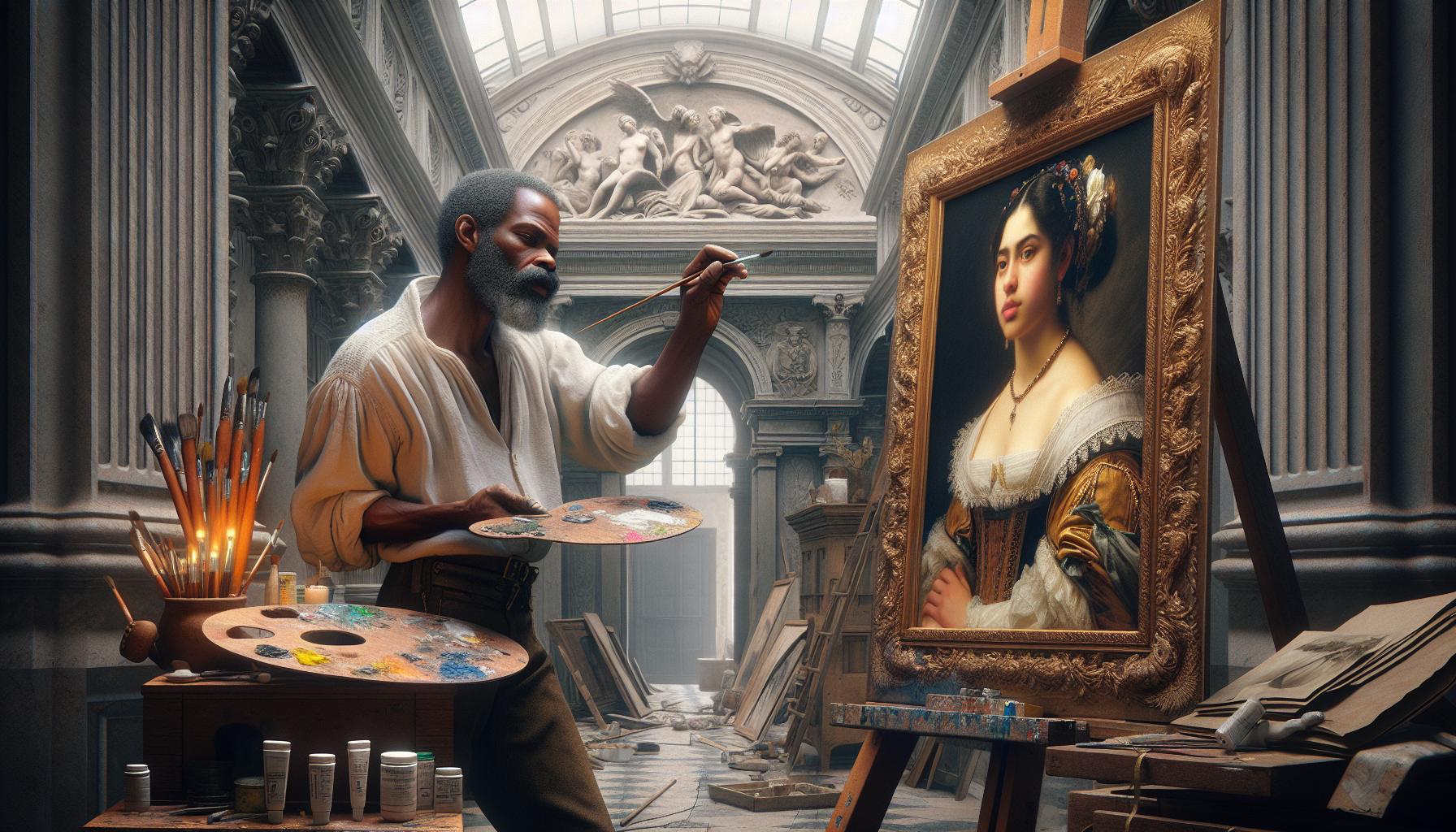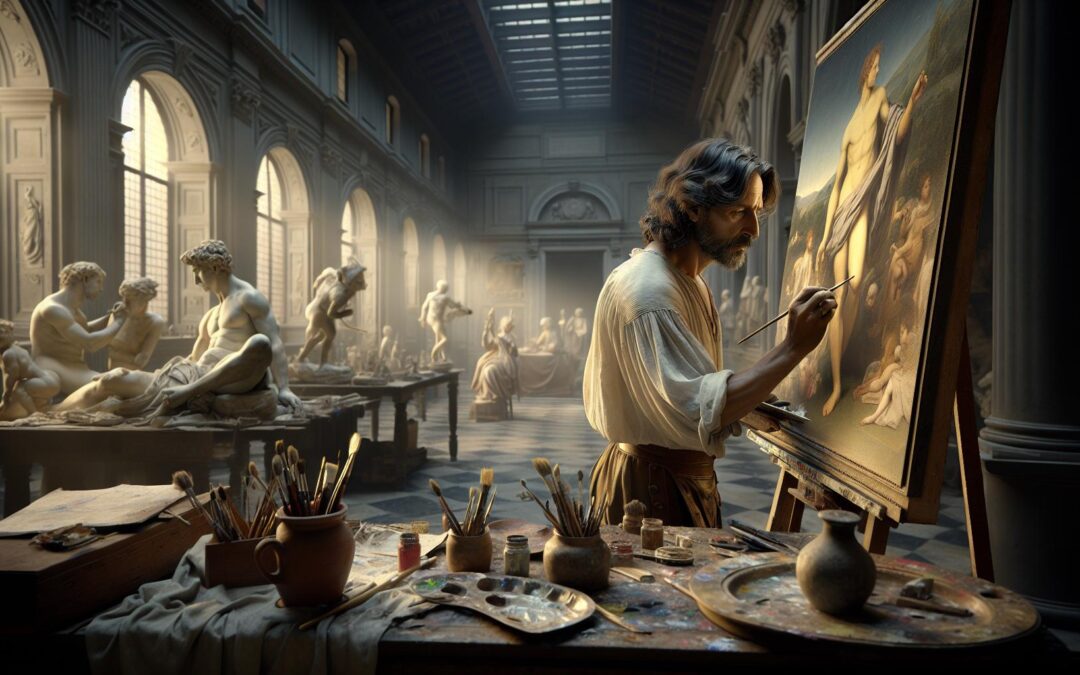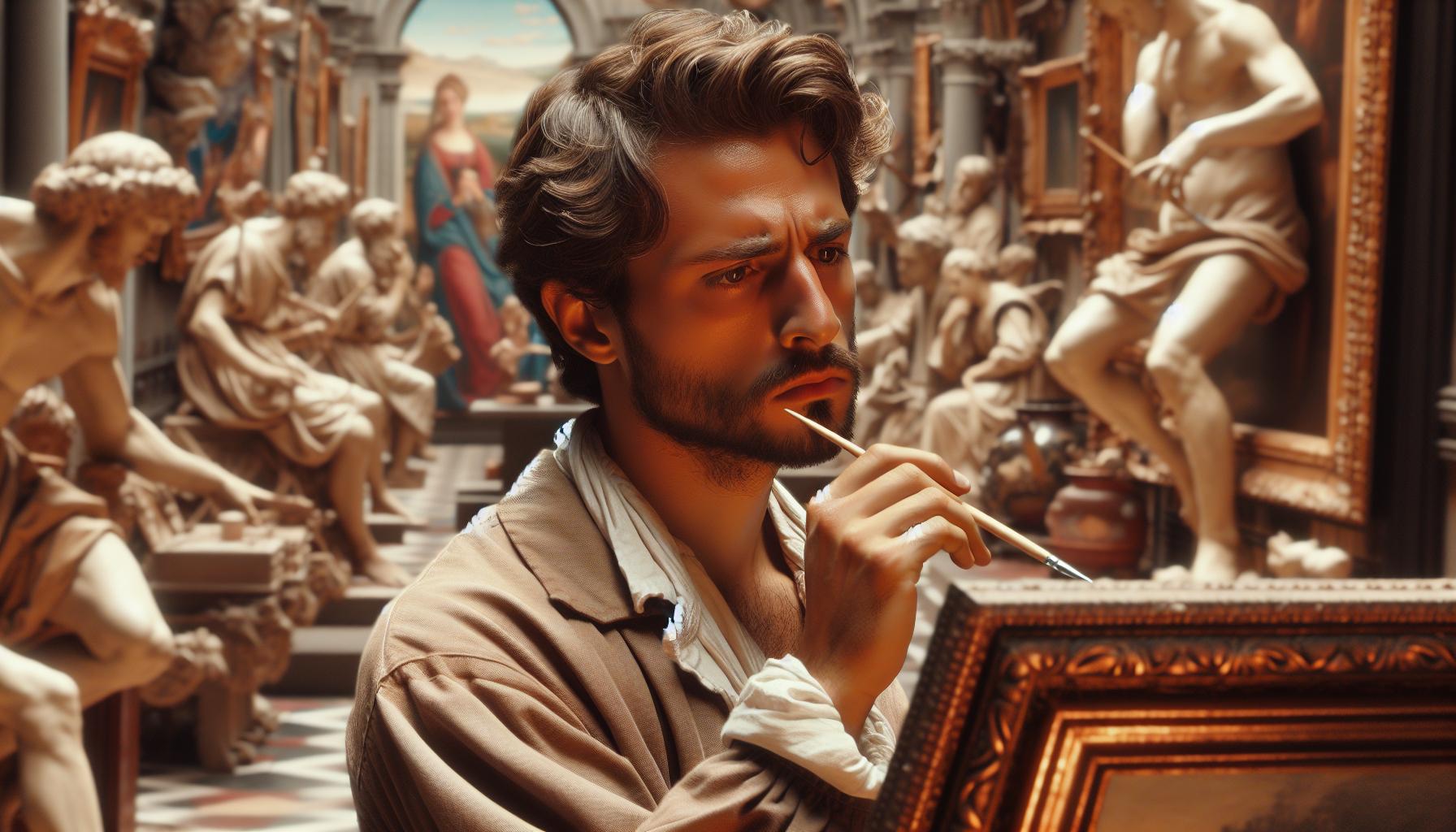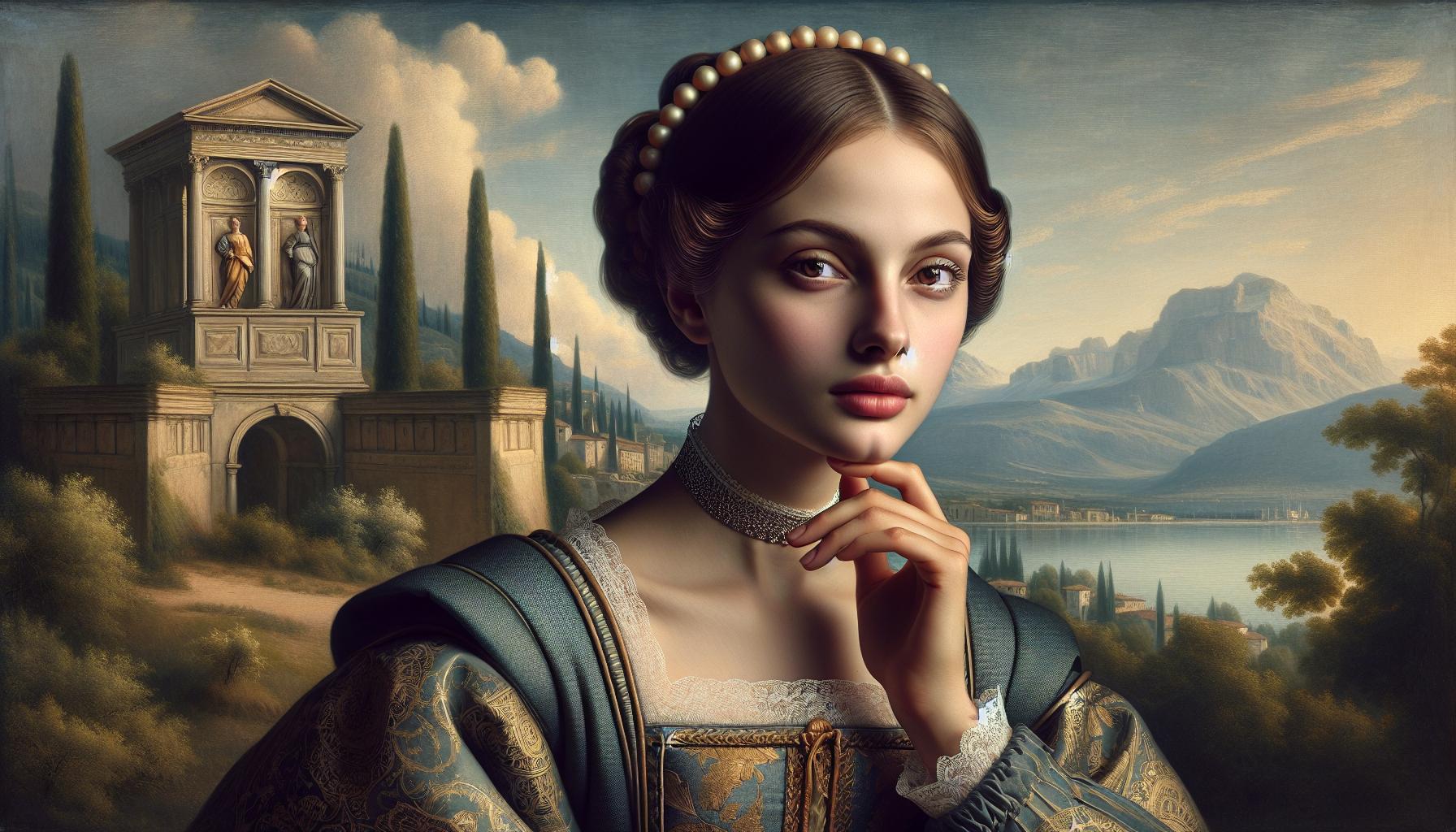Renaissance art marked a profound shift in the way humanity viewed itself and its place in the world. Emerging during a time of renewed interest in classical philosophy, this period saw artists embrace humanist ideals that celebrated individual potential and the beauty of the human experience. Through their work, they sought to capture not just the physical form but the essence of humanity itself. By focusing on themes of realism, emotion, and the natural world, Renaissance artists transformed the artistic landscape. They moved away from purely religious subjects to explore a broader range of human experiences, reflecting the belief that human beings were worthy of study and admiration. This article delves into how Renaissance art not only mirrored humanist thought but also shaped the cultural and intellectual currents of its time.
Renaissance Art Reflected Humanist Thought By ___.
Renaissance art emerged during the 14th to 17th centuries, marking a significant shift in artistic expression. Artists began to focus on the natural world, emphasizing human emotion and realism. Key characteristics include the use of perspective, anatomical accuracy, and detailed textures, which created a more lifelike representation of subjects.
Prominent artists such as Leonardo da Vinci, Michelangelo, and Raphael exemplified these traits. Da Vinci’s “Mona Lisa” illustrates psychological depth through facial expression and a sophisticated background. Michelangelo’s “David” showcases not only physical perfection but also captures the essence of human experience through its dynamic pose. Raphael’s “School of Athens” reflects classical philosophy and the integration of humanist ideals.
Artistic techniques also advanced significantly. Chiaroscuro represented light and shadow, enhancing three-dimensionality. Sfumato allowed for soft transitions between colors, creating delicate, atmospheric effects. These techniques conveyed emotions and narratives, transforming art into a vehicle for exploring the human condition.
The rise of patronage during the Renaissance played a crucial role in the art’s evolution. Wealthy individuals and the Church commissioned works, enabling artists to experiment with new forms and themes. This support led to an explosion of creativity, reflecting the broader intellectual movement focused on humanism and classical antiquity.
Overall, Renaissance art not only mirrored humanist thought but also influenced cultural and intellectual developments. The celebration of human potential, beauty, and emotional depth in art left a lasting legacy, shaping future artistic movements and philosophies.
Key Characteristics of Humanist Thought
Humanist thought during the Renaissance emphasized human capacities, experiences, and individual potential. These ideals profoundly influenced artistic expression and cultural development.
Emphasis on the Individual
Humanist thought placed significant emphasis on the individual’s value and capabilities. Artists portrayed unique human emotions and personalities, showcasing their subjects’ inner lives. Portraits, such as da Vinci’s “Mona Lisa,” illustrated individuality through detailed expressions and lifelike representation. This focus encouraged a deeper understanding of self and society, fostering an appreciation for personal achievements, desires, and experiences.
Revival of Classical Learning
The Renaissance witnessed a revival of classical learning, drawing inspiration from ancient Greek and Roman texts. Humanists sought knowledge from works of philosophers like Plato and Aristotle, integrating these ideas into their art and literature. This revival inspired artists to adopt classical themes, explore human anatomy, and apply mathematical principles, enhancing the realism and depth of their creations. The learning environment shifted toward critical thinking and empirical observation, paving the way for advancements in various disciplines, including art, science, and humanities.
How Renaissance Art Reflected Humanist Thought
Renaissance art profoundly embodied humanist thought through its focus on individual experience and emotional depth. Artists shifted their attention from primarily religious subjects to explore the complexity of human emotions and the natural world.
Depiction of Human Emotion and Experience
Artists captured a range of emotions, celebrating the individual’s personal experience. Works such as Michelangelo’s “Pietà” highlight sorrow and compassion, showcasing emotional depth and vulnerability. Similarly, da Vinci’s “Mona Lisa” reflects an enigmatic smile, inviting viewers to ponder her inner thoughts. This emphasis on psychological insight emphasized the human condition, illustrating the belief that individual emotions deserve recognition and expression.
Use of Perspective and Realism
Renaissance artists adopted techniques like linear perspective to create depth and realism. By employing mathematical principles, they achieved accurate spatial relationships, enhancing the lifelike quality of their art. For instance, in “The School of Athens,” Raphael utilized perspective to draw viewers’ eyes towards the vanishing point, symbolizing the pursuit of knowledge. This focus on realism mirrored humanist ideals by celebrating the natural world and human anatomy, demonstrating a renewed interest in empirical observation and the physical representation of humanity.
Notable Artists and Their Contributions

Leonardo da Vinci
Leonardo da Vinci epitomized the humanist spirit through his multifaceted genius and innovative techniques. His masterpiece, “Mona Lisa,” showcases unprecedented psychological depth, employing subtle facial expressions and an enigmatic smile that draws viewers into an intimate connection. Da Vinci’s meticulous study of anatomy enhanced his lifelike representations, exemplifying realism. In addition, his work, “The Last Supper,” integrates narrative and emotion, allowing viewers to witness a pivotal moment in Christian history with authentic human reactions. Da Vinci’s comprehensive understanding of human emotions and nature reflects the core values of humanism.
Michelangelo
Michelangelo is renowned for his profound representation of the human form and emotional intensity, showcasing the ideals of humanist thought. His iconic sculpture, “David,” embodies physical perfection and illustrates the beauty of human potential, a key tenet of Renaissance humanism. Additionally, his work, “Pietà,” powerfully conveys deep emotion and embodies the complexity of human experiences, capturing a moment of vulnerability. In the Sistine Chapel, Michelangelo’s frescoes, particularly “The Creation of Adam,” portray intricate details and dynamic poses, enhancing the sense of movement and life. His commitment to portraying human emotion, individuality, and divine beauty significantly influenced the trajectory of Renaissance art.
Renaissance art stands as a testament to the profound impact of humanist thought on creativity and expression. By prioritizing individual experience and emotional depth artists redefined the boundaries of artistic representation. Their innovative techniques and focus on realism not only captured the beauty of humanity but also encouraged a deeper understanding of self and society.
This artistic revolution laid the groundwork for future movements that continued to explore the complexities of human existence. The legacy of Renaissance art endures as it continues to inspire generations, reminding us of the enduring connection between art and the human experience.



